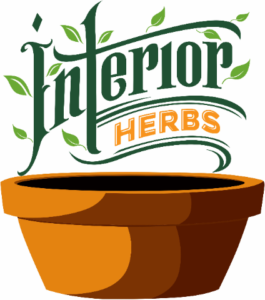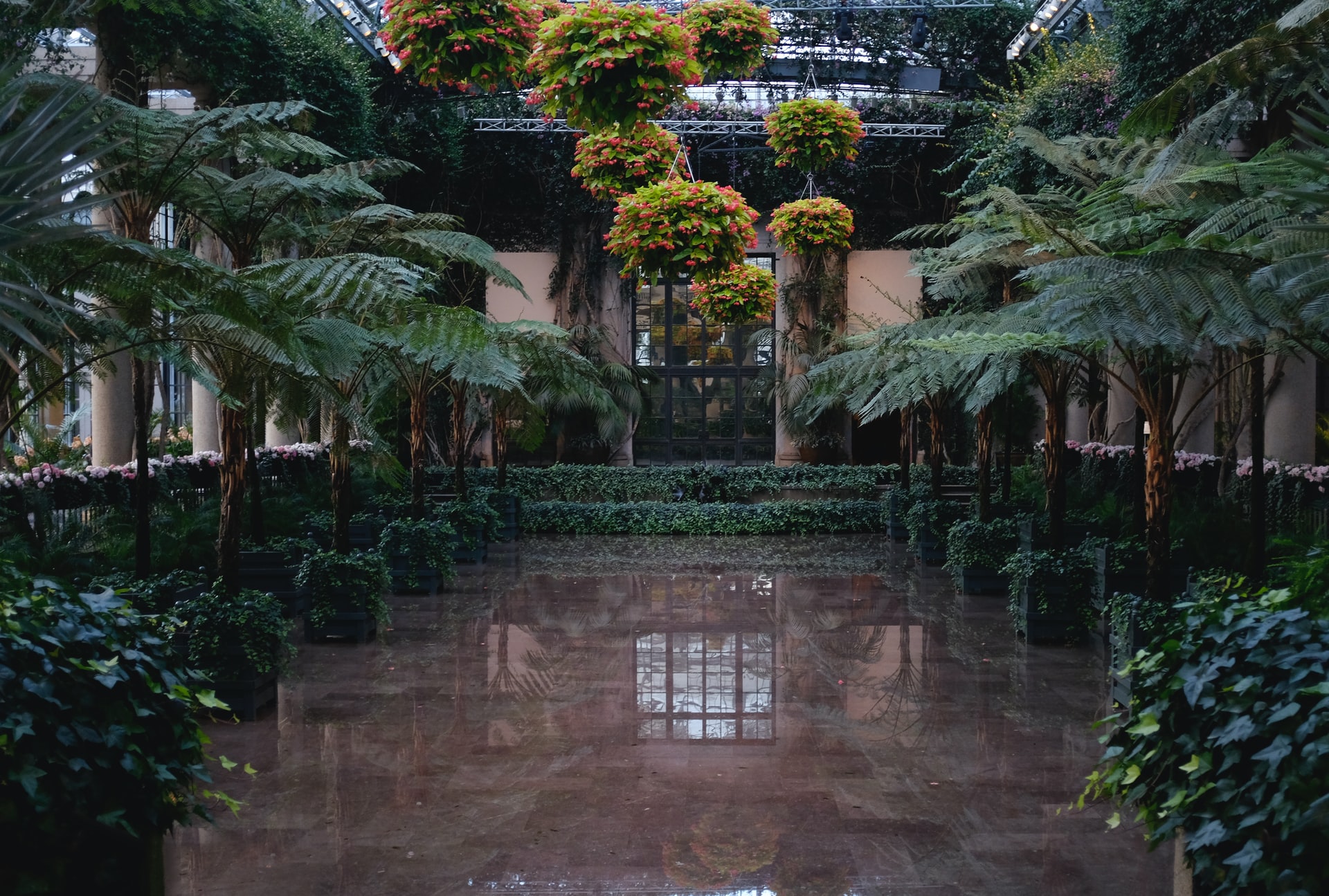Nowadays, with an active life in cities and mega-cities, one can often meet a person who dreams of a corner of wildlife, growing exclusively at home. Speaking of the indoor garden, the first thing that comes to mind is window sills dotted with pots of violets, hydrangeas, camellias and indoor roses.
However, you can also meet such rare enthusiasts who grow unimaginable fruit plants in apartment conditions, in the form of not only prosaic vegetables such as onions, peppers, carrots and potatoes, but also real exotic, represented by pineapples, pomegranate and avocado.
The paucity of such gardens is due to the small area for sowing, and, more importantly, uncertainty about the positive result. But subject to certain conditions, this dream is quite feasible and will be affordable for almost any novice gardener.
Most fruit-bearing plants can perfectly develop in an apartment, while being in prosaic pots. One has only to look at such amazing indoor “giants” as the Chinese rose, abutilon, euphorbia and doubts about the successful implementation of ideas will disappear on their own. But do not forget about the importance of a sufficiently large volume of capacity in which the fruits will grow.
The most optimal place for growing an indoor garden will be a balcony, characterized by free access to light and air, as well as the presence of a large free space. If you want to grow more fanciful plants, you can always insulate a balcony.
Plants
All plants will receive approximately the same amount of moisture and heat. In a small garden, all plants will be lit approximately the same, but plants in the center of a large capacity will receive less light than those growing along the edges. It is usually customary to plant several flowering plants against a decorative leaf background.
Pots
It is much better to leave the plants in pots than to plant them directly in a container filled with earth. This will allow you to turn the pots from time to time so that the plants do not lean in one direction. Plants can be easily removed after flowering or for transplanting. Pots should have drainage holes.
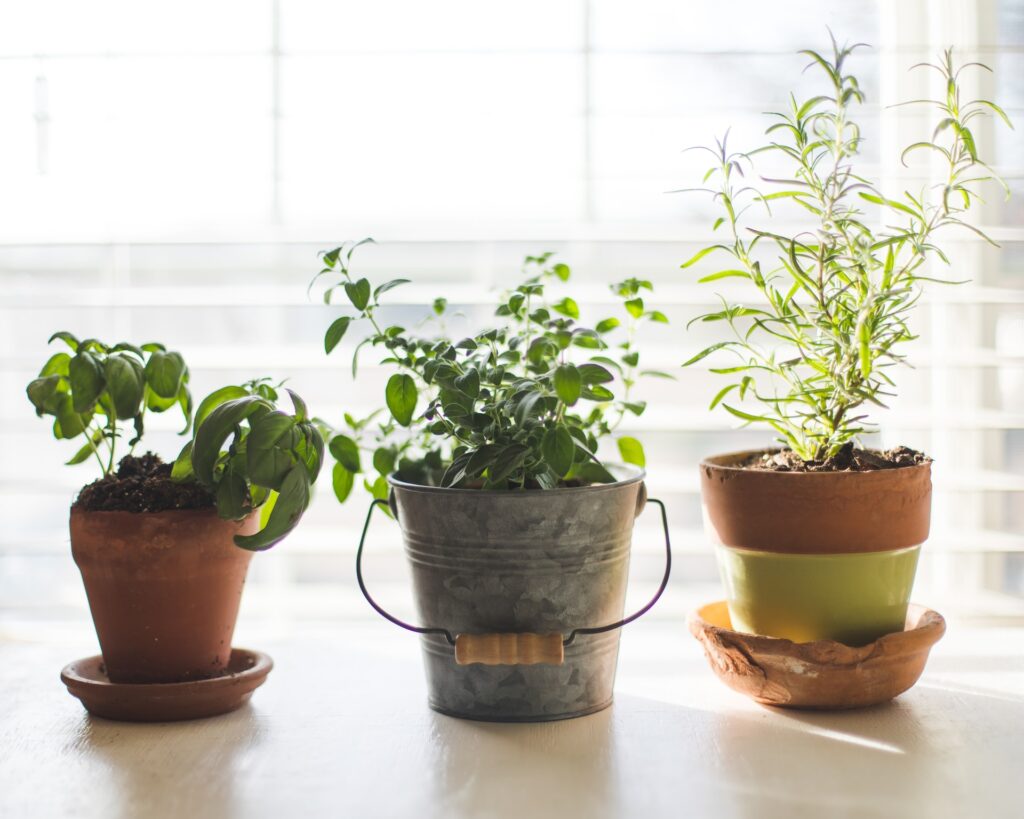
Soil
Make sure that the peat reaches the edges of the pots and keep it moist, but do not fill it. Wet peat/soil will provide a supply of moisture for each plant, which means that plants in a garden will much better tolerate a short break in watering during your vacation.
For more information on the different soils that can benefit your plant, read my article on the topic.
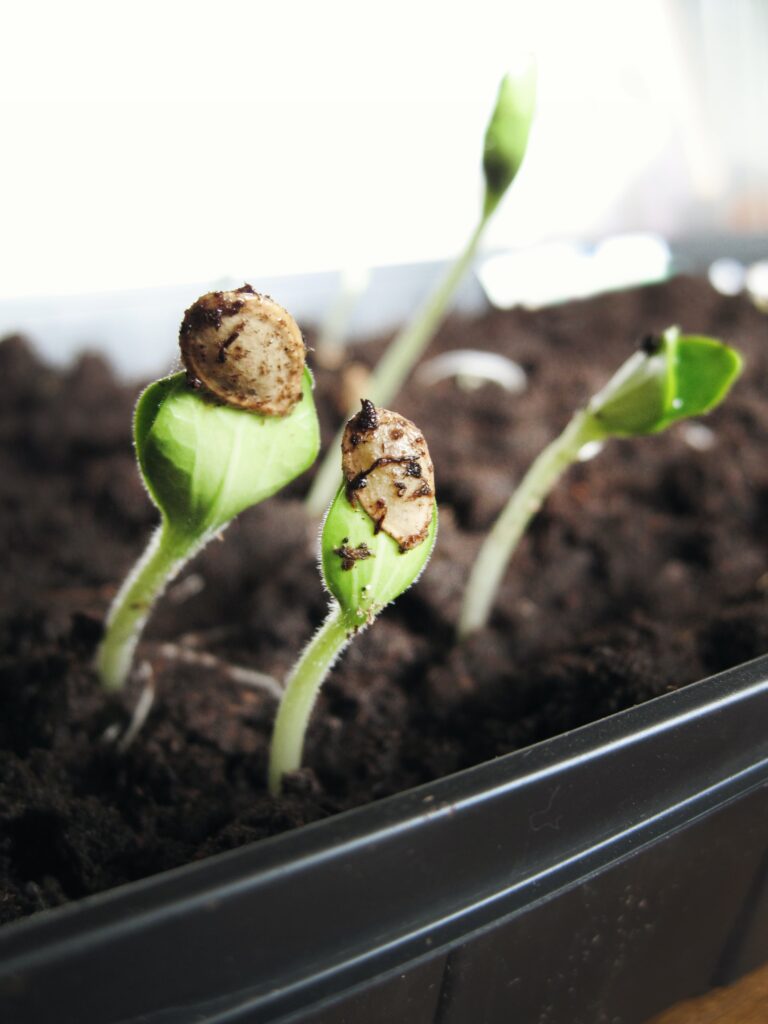
Drainage
Drainage is optional, but it’s nice to put a thin layer of pebbles, small pebbles or coarse sand on the bottom of the container before pouring soil. If you want to know more about different types of drainage, have a read of this article.
Container
The choice of waterproof containers is almost unlimited: plastic boxes, patterned jardinières, old copper basins, home-made wooden boxes, etc. On a wooden crate, treat the inside to make it waterproof. Do not use creosote for these purposes!
Flower stands
Single flower stands are the most common type of indoor garden. Until recently, for this purpose, oblong boxes of metal, wood or plastic were mainly used, but recently a wide selection of multi-colored cylindrical and cubic containers made of hard plastic has appeared.
For modern furnishings, flower stands in white or black are recommended. Be careful when watering so that the peat surrounding the pots does not absorb too much moisture. If the peat layer under the pots is thick enough, the roots of the plants can grow through the drainage holes in the peat and get moisture from it. In the event that the pots are standing on a pebble layer or the peat layer underneath is thin, it is recommended to raise and rotate the pots from time to time to prevent root sprouting.
Flower stands can be of various sizes. Tiny succulents are planted in egg racks, while in some country houses winter gardens are arranged, the drainage of which is connected to the drainage system of the house.
Whatever the size of your indoor garden, the background you choose for it should emphasize the impression of it. Pure wood, mirror or mirror tiles are ideal for this.
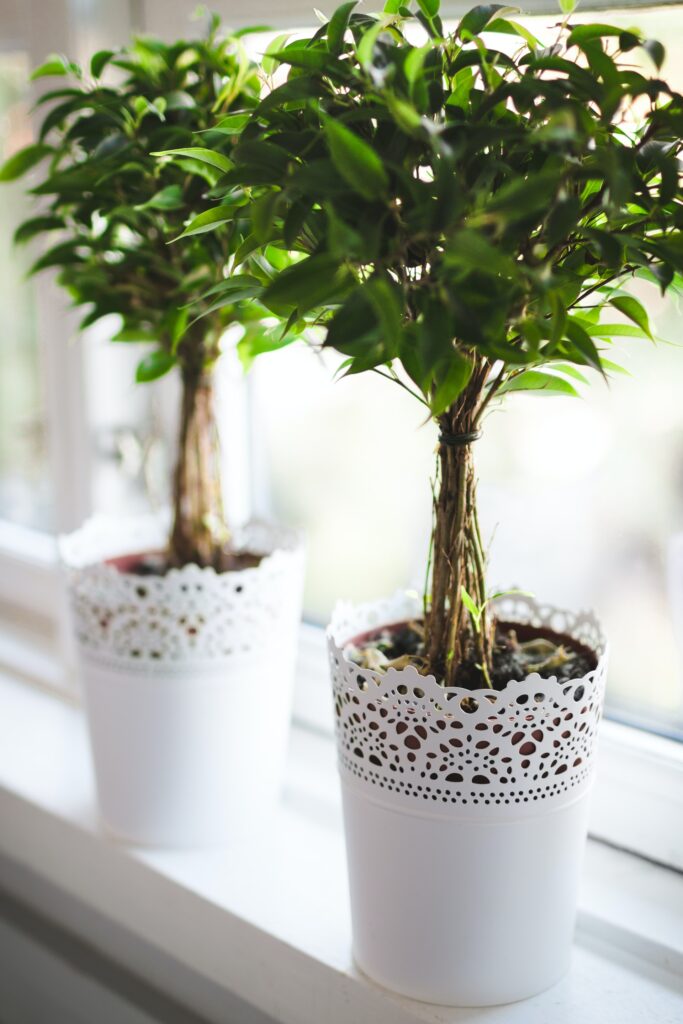
Baskets
A few attractive indoor plants in a hanging basket look great, but take your time hanging the basket on a hook in the ceiling or on an arm in the wall until you know the difficulties in growing plants in the basket. The air above is warmer and drier than at the level of the floor or window sill. Due to the height at which the basket is hanged, it is difficult to water the plants, and if you pour water, then excess will drip directly onto the floor.
A basket suitable for indoor use should be selected. A traditional wire basket lined with moss-sphagnum moss from the inside is ideal for the street, but water will drip from the basket in the room. You can lay a piece of polyethylene inside, but then there is a danger of flooding the plants.
The best way out is to put pots with plants in a waterproof container, which is then hung on chains, ropes or wire. The gaps between the pots and the walls of the container should be filled with wet peat. You can use a special plastic container with a double bottom. Use a peat-based soil mixture, not earth: excess weight should be avoided.
To facilitate watering and spraying, hang the basket at eye level. If you can’t hang it so low, use not a simple hook, but a carabiner with which you can raise and lower it. You can purchase a watering can with a pumping device if it is not possible to lower the basket. Check if the hook in the ceiling or the bracket in the wall is firmly fixed, and that the plants you have chosen for the hanging basket will receive enough light: flowering and variegated plants should be placed near the window.
Composition In A bowl
This is one of the simplest types of indoor garden, for the creation of which several decorative leaves and one or two flowering plants are taken out of the pots and transplanted into peaty soil.
Traditionally, a vertically growing plant is placed in the back of the bowl, several compact bushy plants in the middle, and a climbing plant in front.
A bowl is usually used as a container for forcing bulbs, but any other waterproof bowl will do. Such a bowl is a welcome gift, but it cannot be considered a long-term indoor garden.
When the flowers bloom, it is best to disrupt the composition and transplant the plants into separate pots before their roots are hopelessly intertwined. Explain to the person who presented this composition that you are not destroying his gift – you are saving it.
Miniature Garden
A special type of indoor garden are landscape compositions that reproduce a miniature of a real garden. For decoration use paths, ponds, various figures, and to create a diverse landscape – mosses and plants with tiny leaves.
Japanese gardens are widespread, and the whole composition is usually placed on a table with wheels, so that in good weather it can be taken out into the street and transported to the kitchen for watering. It is difficult to care for landscape compositions, and their creation requires real dedication and well-known abilities, without which a miniature garden will look like the creation of an amateur.
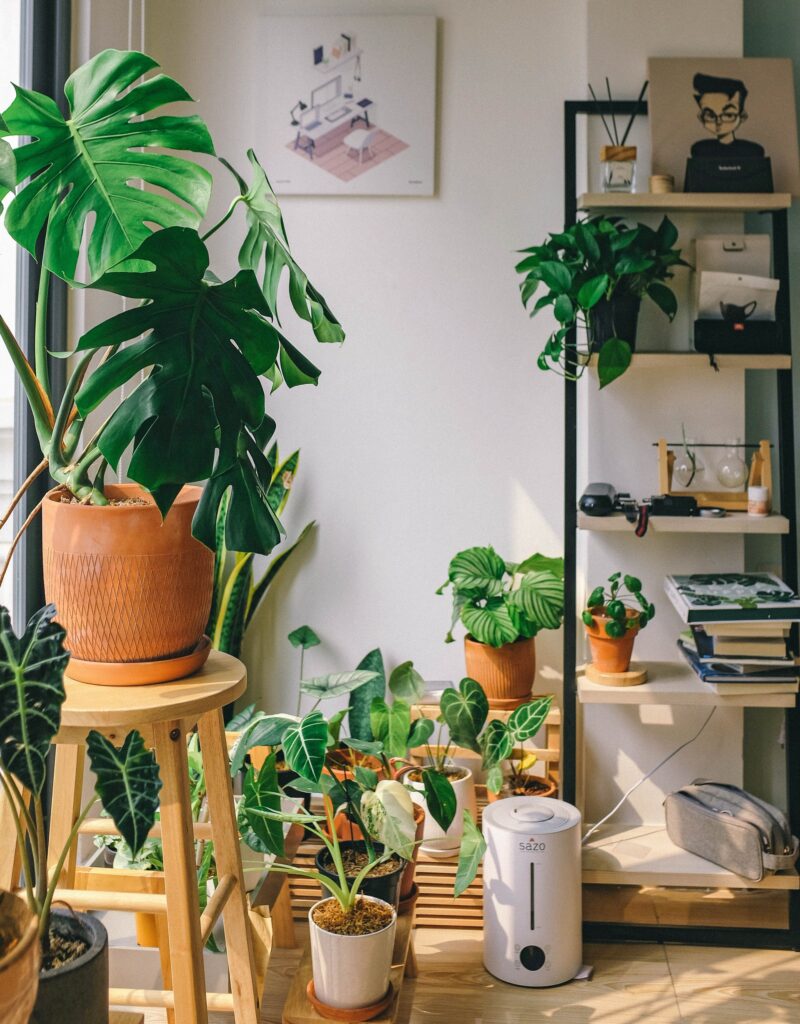
Garden On The counter
A small indoor garden is made up of carefully selected succulents in a bowl. Unlike other containers used to create indoor gardens, there are usually drainage holes in the bowl.
Green Wall
There are many ways to separate the dining area in a room, which is used both as a living room and as a dining room. Sometimes a wooden partition is enough for this; several pots of plants, placed in open places, will revive her.
But many flower lovers in this case prefer a green wall. A deep and fairly wide rectangular box is installed on the floor, to which a trellis reaching the ceiling is attached, or decorative poles (also reaching the ceiling) are fixed directly in the ground. Then the pots are buried in the ground.
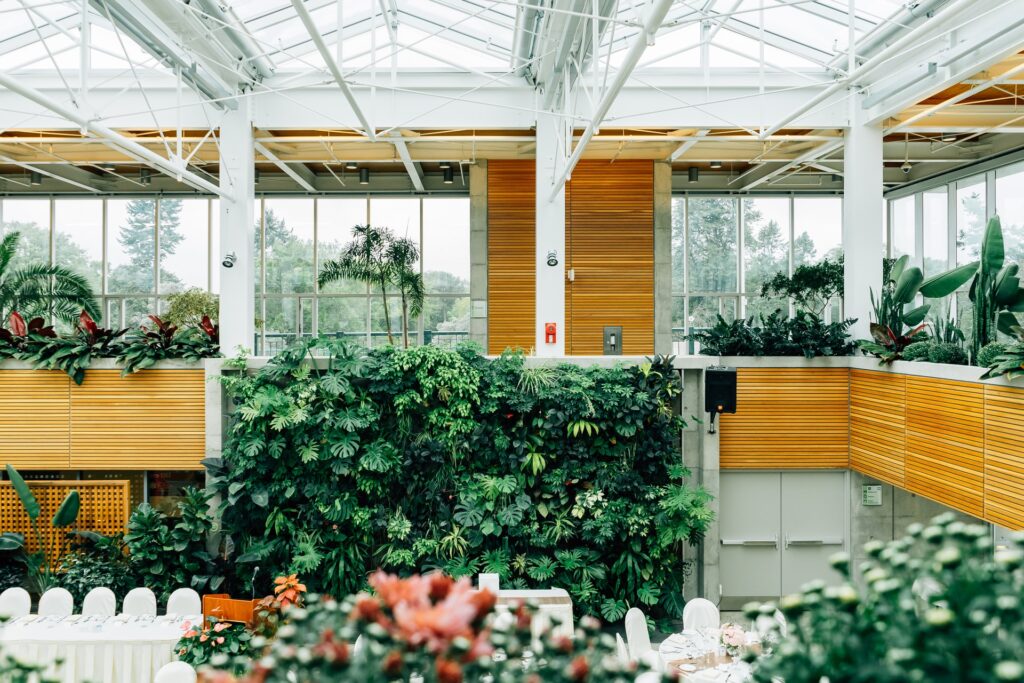
Sam is a graduated biologist who sub-specialised in Botany in his final years. With a passion for human health and food, this was the perfect marriage of his interests. Having been born in the country but spent most of his life living in cities, this blog was his answer to learning how to grow a garden indoors if you didn’t have ample space outside.
